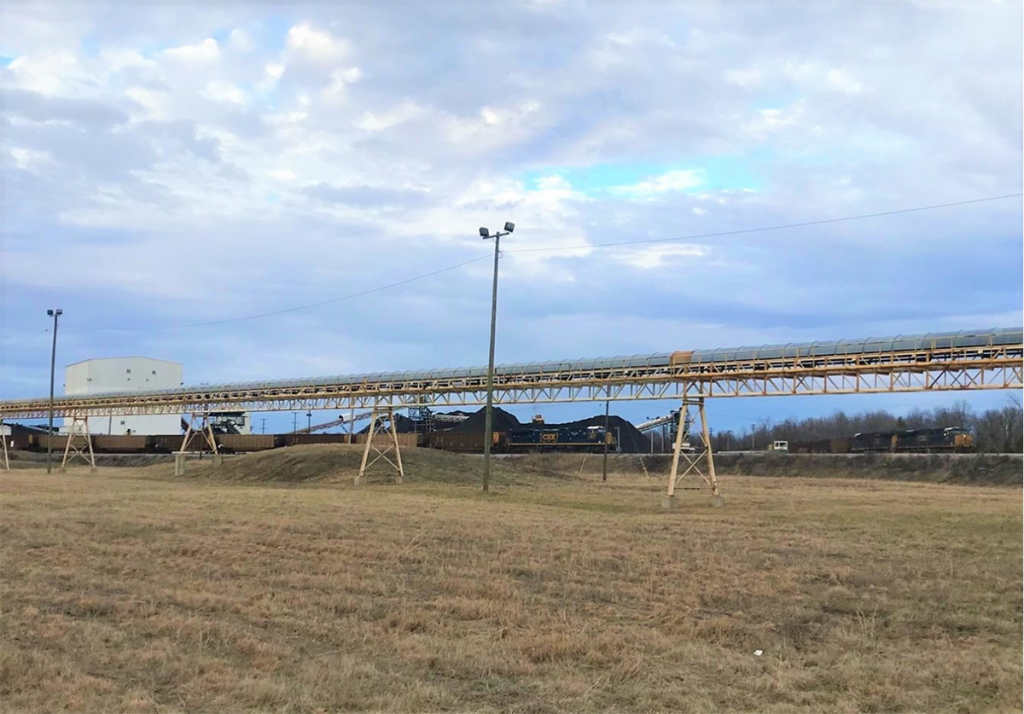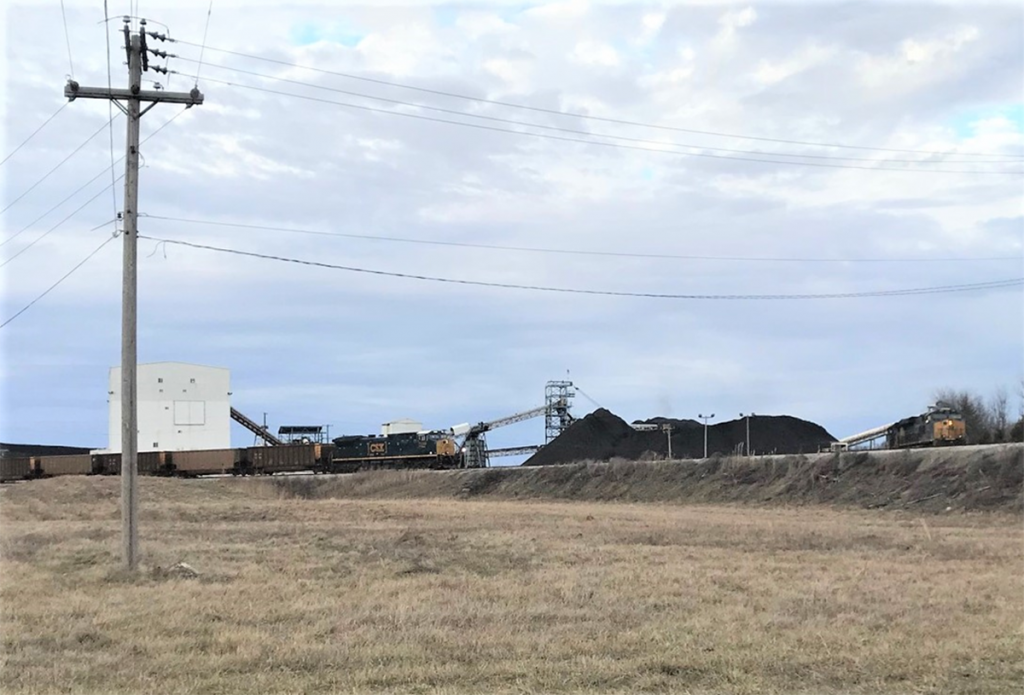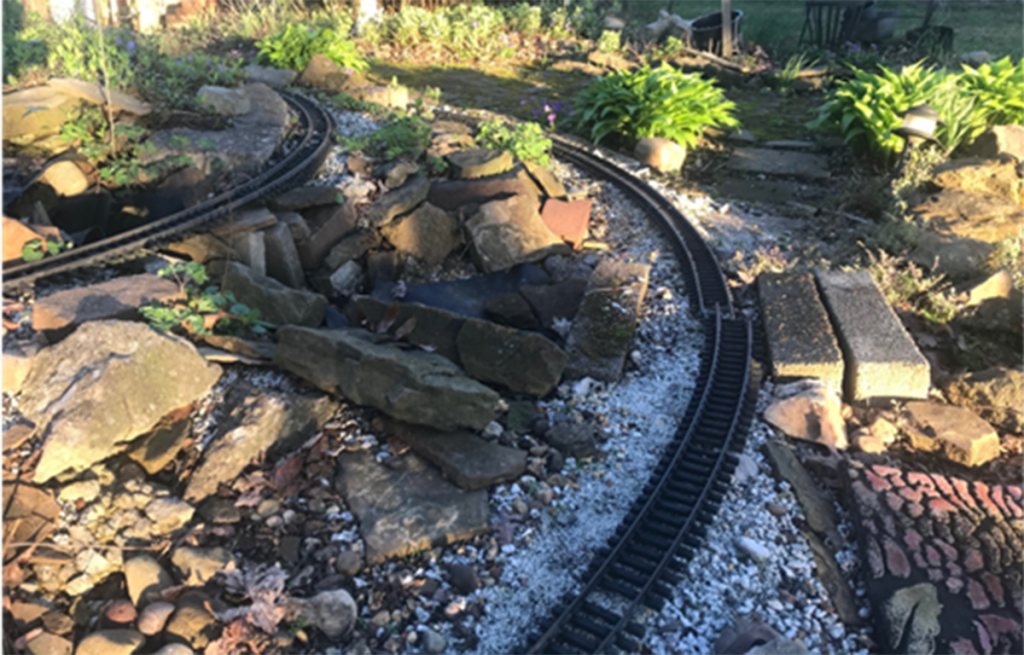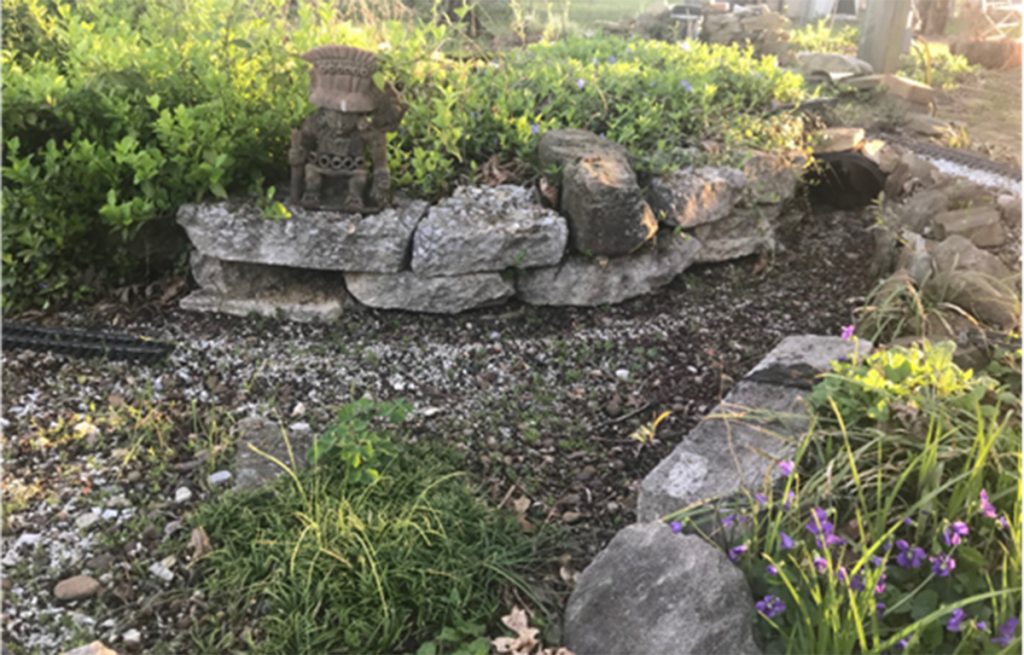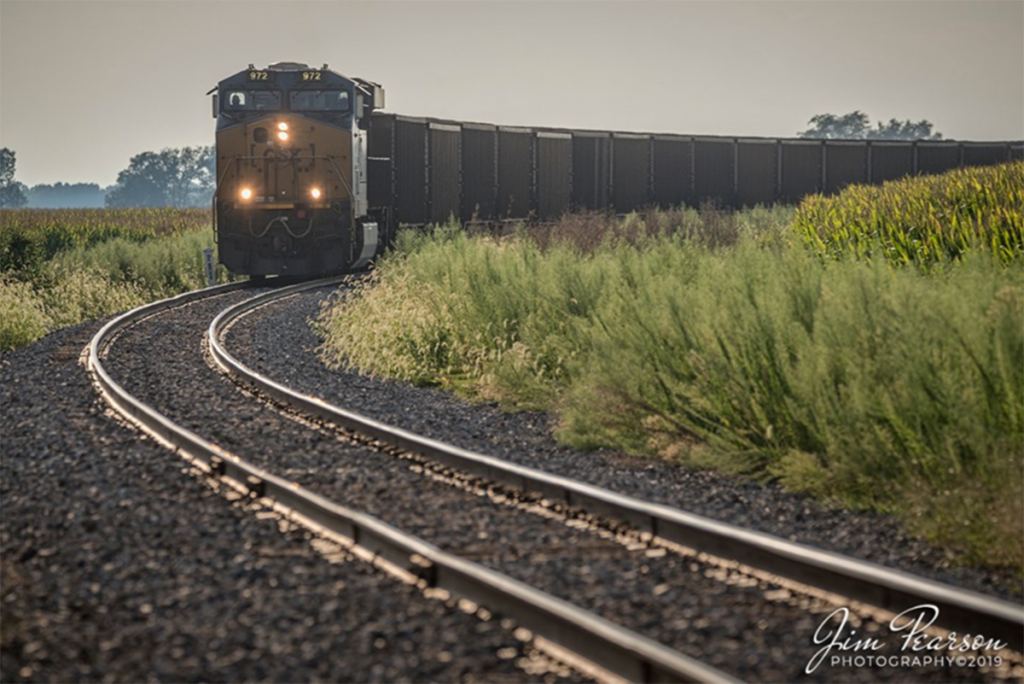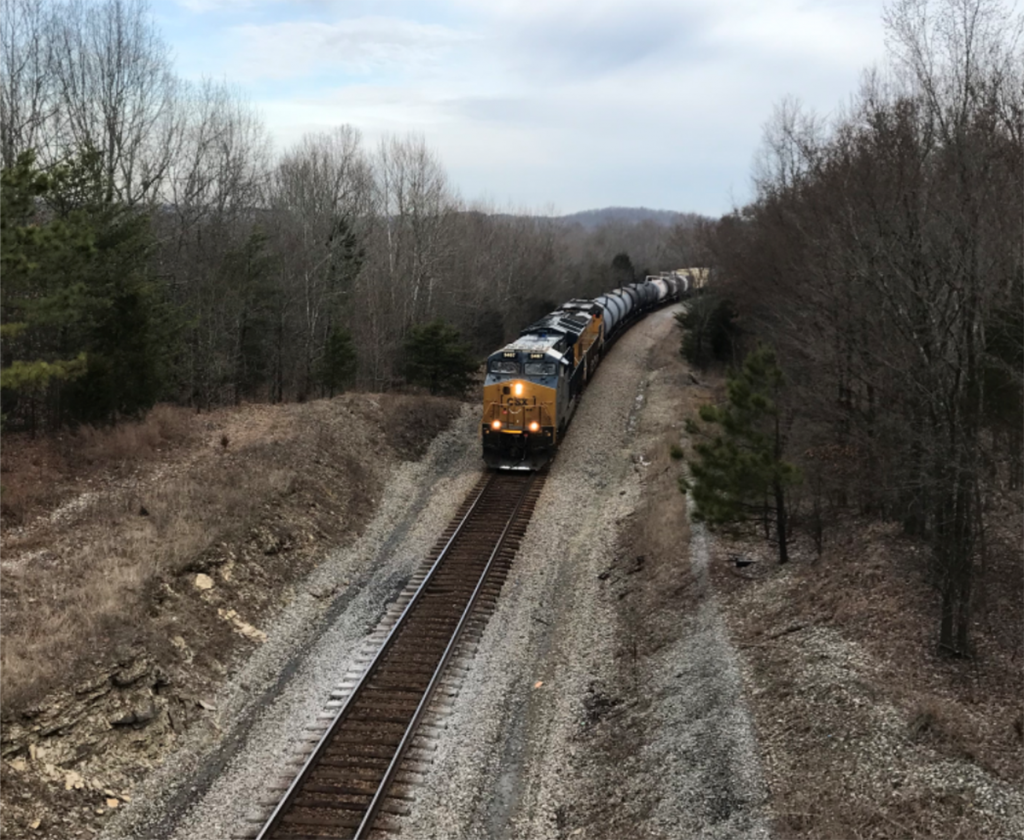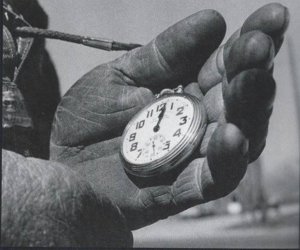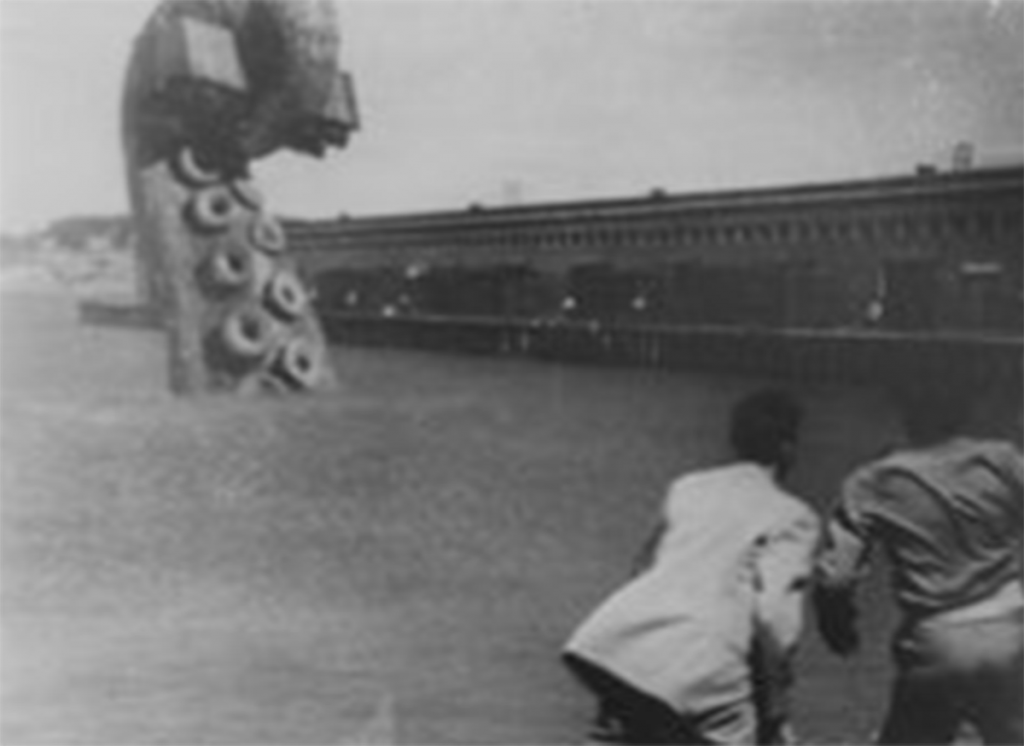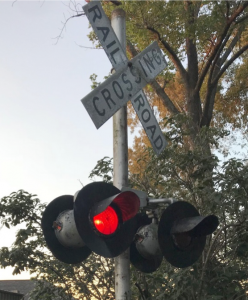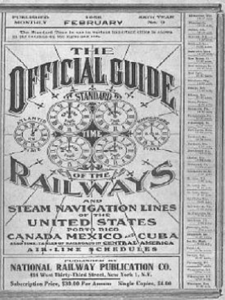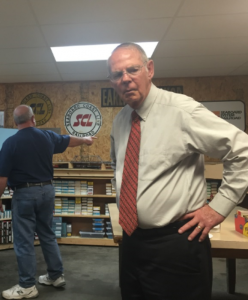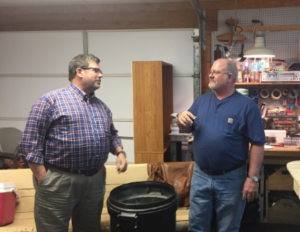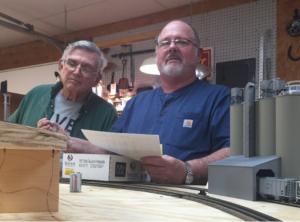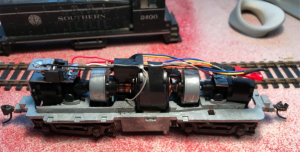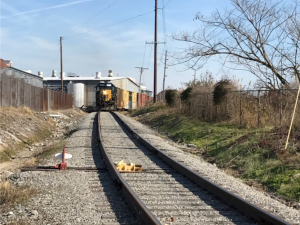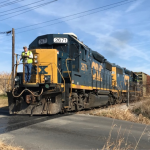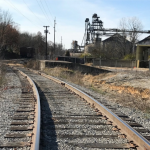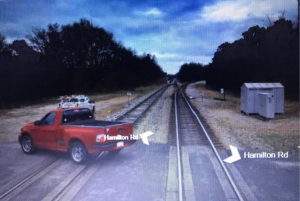 My first real job out of college was with the Boy Scouts of America. Yes, I was a professional scout. Now get the images of being paid to camp out, go to pinewood derby races, and start fires with two sticks out of your minds. Professional scouting takes on a whole different set of activities, mostly servicing existing scout groups or units, starting new units, and raising money. As I stared at these empty text boxes on my computer thinking about what to write, it came to me that those brief years of my BSA experience contained a lot of good railroad memories.
My first real job out of college was with the Boy Scouts of America. Yes, I was a professional scout. Now get the images of being paid to camp out, go to pinewood derby races, and start fires with two sticks out of your minds. Professional scouting takes on a whole different set of activities, mostly servicing existing scout groups or units, starting new units, and raising money. As I stared at these empty text boxes on my computer thinking about what to write, it came to me that those brief years of my BSA experience contained a lot of good railroad memories.
I arrived in LaGrange, GA, in the spring of 1988 – 25 years old, single, no mortgage, and about 60 lbs. lighter than present. I had to cover two counties, Troup and Franklin, in west-central GA. Actually, I was almost as west as you can go in GA. Fishing was great on West Point Lake. LaGrange was the intersecting point of the former Atlanta & West Point RR’s line from Montgomery, AL to Atlanta, and former Seaboard Coastline’s (I think former ACL) route between Waycross, GA, and Birmingham, AL. I also had to make weekly trips to Columbus, GA, where are council office was located. This brought me alongside the former Southern branch to Pine Mountain, GA (Callaway Gardens), and it origin at Columbus and Southern’s line from Columbus to Birmingham.
Unfortunately, CSX had just completed some re-routing of their inherited lines. The Seaboard rose on a steady grade coming in on the east side of town and flew over the A&WP via a plate girder bridge, still in place when I arrived but without rails. The two lines shared an interchange yard on the east side near this location which was mostly empty with the exception of a few cars for local delivery to lumber outlets and textile giant Milliken Mills. Today, it’s completely gone and a wye has been installed between inbound tracks. The railroads once ran side by side through town, but now join as one on the west then separate on the east.
Now, what this created was a fantastic bottle neck for train watching. In great CSX fashion, the two roads joined on each side of town, but then entered a double main through high-speed switches (two motors to throw the points). Often, we could see two to four trains from one point. I often enjoyed pacing a 60 mph sand train heading north out of LaGrange toward Atlanta.
My regret is that cameras where not as readily available as they are these days. So, I have almost no pictorial recollections of all this fun I crammed in about 24 months of my young days. Below is a screen shot from an online street view app. Hasn’t changed much except CSX finally came around and extended the 2nd main past the west/south split to avoid the bottle necking. It used to be located behind the camera, just beyond the street crossing.
